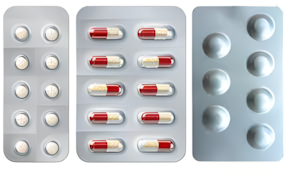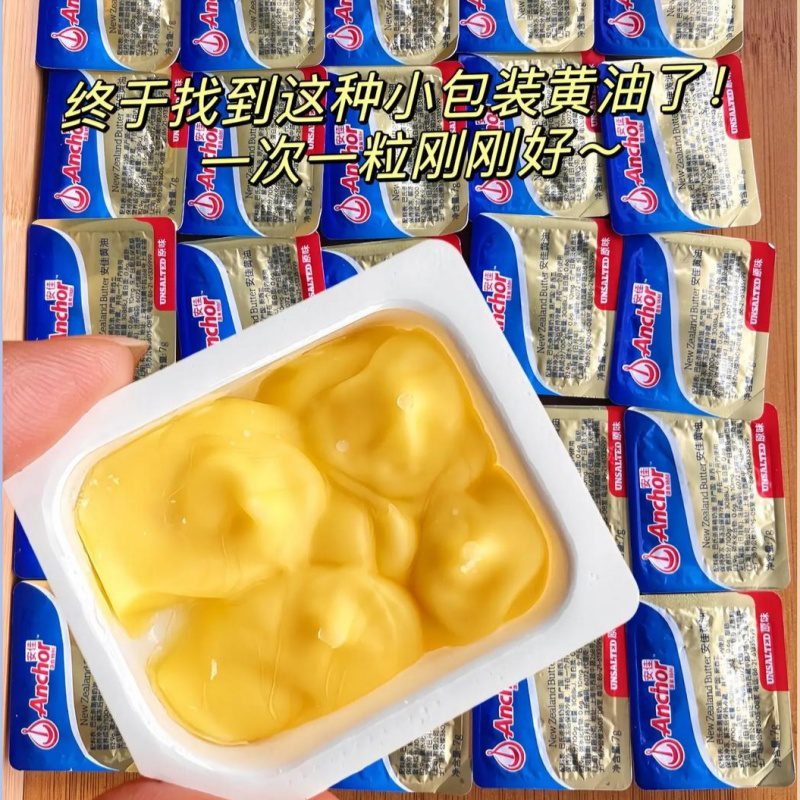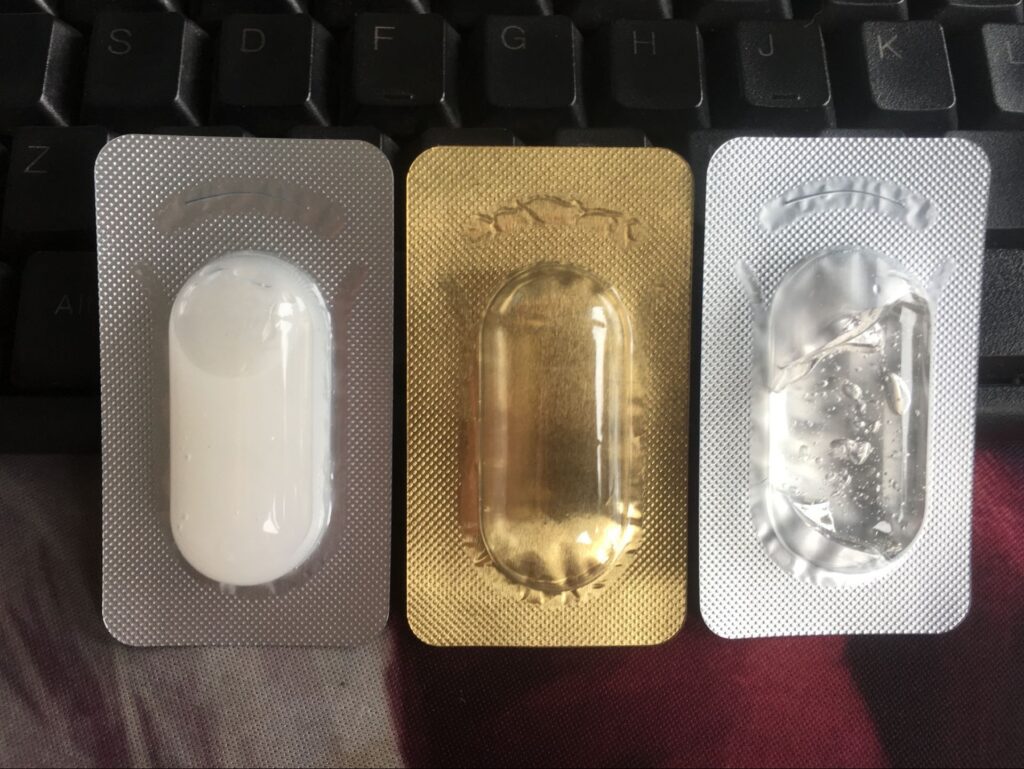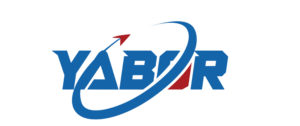First-Time Buyer Buying your first automated packaging machine is a big decision. If you are starting to wonder if it’s time to invest in automated packaging machinery, we’re here to help.
Our first-time buyer’s resources will help you understand the different types of packaging machines, answer the most common packaging machinery questions, and provide tips on how to make the best packaging automation decision for your business.
Buying a blister packaging machine for the first time can feel overwhelming. Whether you’re in pharmaceuticals, food or cosmetics, the right machine isn’t just a tool—it’s a cornerstone of your product’s safety, presentation, and efficiency. Blister packaging, with its hard plastic “blister” (the cavity holding the product) and a sealed backing (often foil or paper), is popular across industries for its protection and visibility. But choosing one? Let’s break it down.
What Is a Blister Packaging Machine, Anyway?
In simple terms, a blister machine forms plastic sheets into cavities (the “blisters”), places your product inside, then seals it with a backing material. It’s like creating a tiny, protective home for each item. The goal: keep products safe, fresh, or sterile while making them easy to display and use. Now, let’s dive into what matters most for first-timers—starting with your industry.
Industry-Specific Needs: One Size Doesn’t Fit All
Your industry dictates non-negotiable features. Let’s match machines to your sector.
1. Pharmaceutical Industry: Compliance First

If you’re packaging pills, capsules, or medical devices, regulations are your top priority. Pharmacies and drug manufacturers must follow strict guidelines like GMP (Good Manufacturing Practices) to ensure patient safety. Here’s what to focus on:
- Compliance: The machine must meet GMP standards. Look for models certified to handle pharmaceutical-grade materials (e.g., PVC, ALU-PVC) and offer precise sealing to prevent contamination.
- Traceability: Many pharma machines include coding features (like batch numbers or expiration dates) to meet regulatory tracking requirements.
2. Food Industry: Safety & Freshness

For snacks, candies, or small food items, the machine needs to protect taste, texture, and safety. Key points:
- Food-Grade Materials: Ensure the machine works with food-safe plastics (e.g., PET, PP) and that all contact parts are made of stainless steel (easy to clean and rust-resistant).
- Barrier Protection: Look for sealing capabilities that block moisture, oxygen, or light—critical for keeping chips crispy or chocolates from melting.
- Speed & Cleanability: Food production runs are often high-volume. Choose a machine with quick changeovers (to switch between products) and easy-to-wipe surfaces to meet hygiene standards.
3. Cosmetics Industry: Beauty & Versatility

Cosmetics—think lip balms, small creams, or eyeshadow —need packaging that’s as appealing as the product. Focus on:
- Aesthetics: The blister should be clear, smooth, and free of defects (no bubbles or wrinkles) to showcase the product.
- Material Flexibility: Cosmetics come in various forms (liquids, solids, powders). The machine should handle thin films for lightweight items or thicker plastics for heavier products.
- Small-Batch Friendliness: Many cosmetic brands start small. Opt for a machine that’s easy to adjust for limited runs without sacrificing quality.
General Tips for First-Time Buyers
Beyond industry needs, these universal factors will guide your choice:
- Match Production Scale:
- Small businesses (100–500 units/day): A semi-automatic machine (manual product loading, automatic sealing) is cost-effective.
- Medium to large operations (1,000+ units/day): Go for fully automatic models with conveyor belts and product feeders to save labor.
- Check Material Compatibility: Not all machines handle all plastics. If you plan to use eco-friendly materials (e.g., biodegradable PLA), confirm the machine can heat and form them properly.
- Budget for More Than the Machine: Include costs for training (your team needs to operate it), maintenance (replacement parts like heating elements), and installation (some machines need professional setup).
- Prioritize After-Sales Support: For first-timers, a supplier with 24/7 tech support, on-site training, and quick repair services is a lifesaver. Ask for references from other buyers in your industry.
Final Checklist
Before hitting “buy,” confirm:
✅ The machine meets your industry’s safety standards (GMP for pharma, FDA for food-contact materials).
✅ It can handle your product’s size, shape, and packaging material.
✅ The supplier offers a warranty (at least 1 year) and training.
✅ You’ve tested it with your actual product (ask for a demo run!).
Choosing your first blister packaging machine doesn’t have to be stressful. By focusing on your industry’s unique needs, matching the machine to your production scale, and partnering with a reliable supplier, you’ll set your business up for smooth, efficient packaging—now and as you grow.

